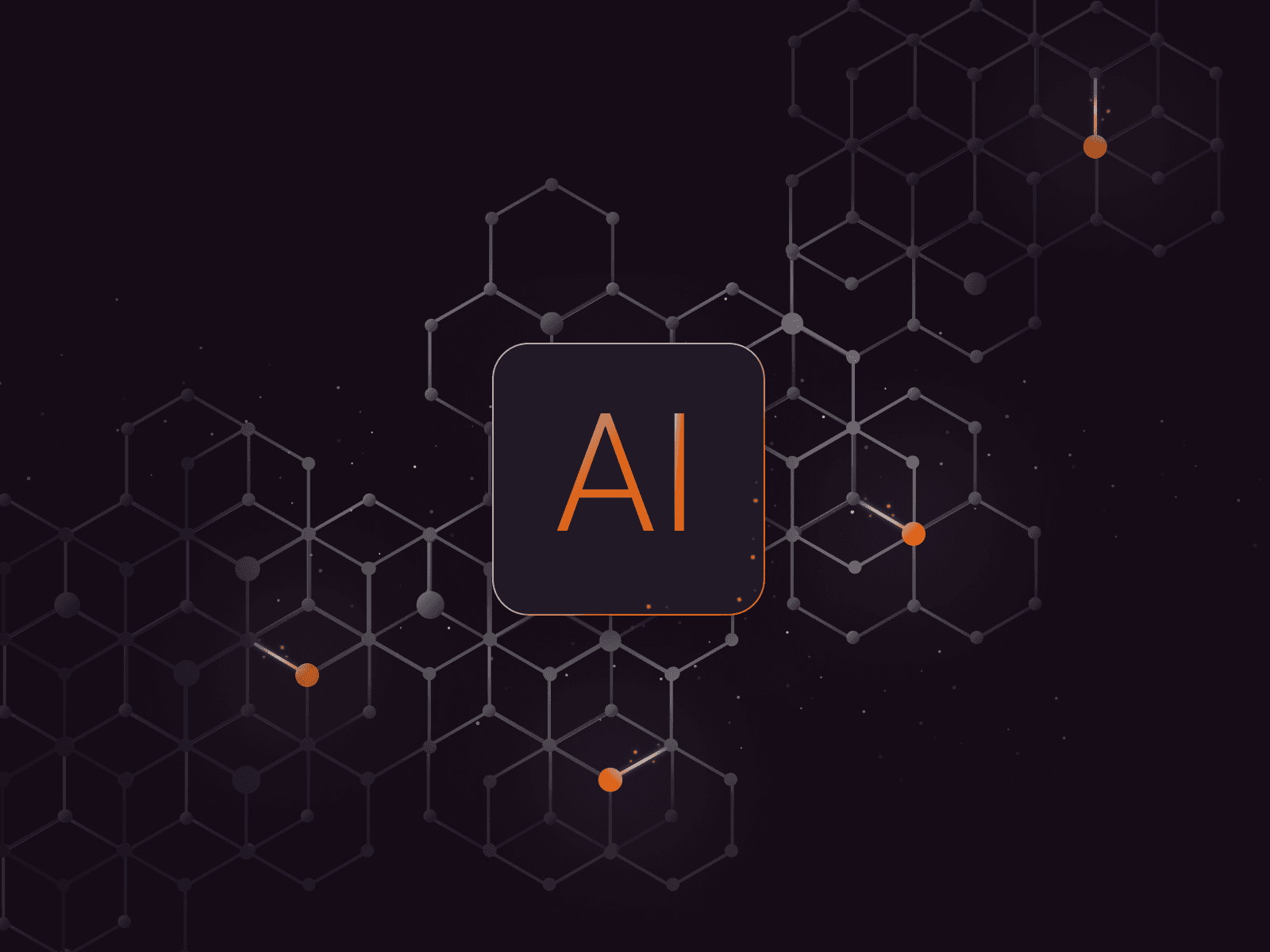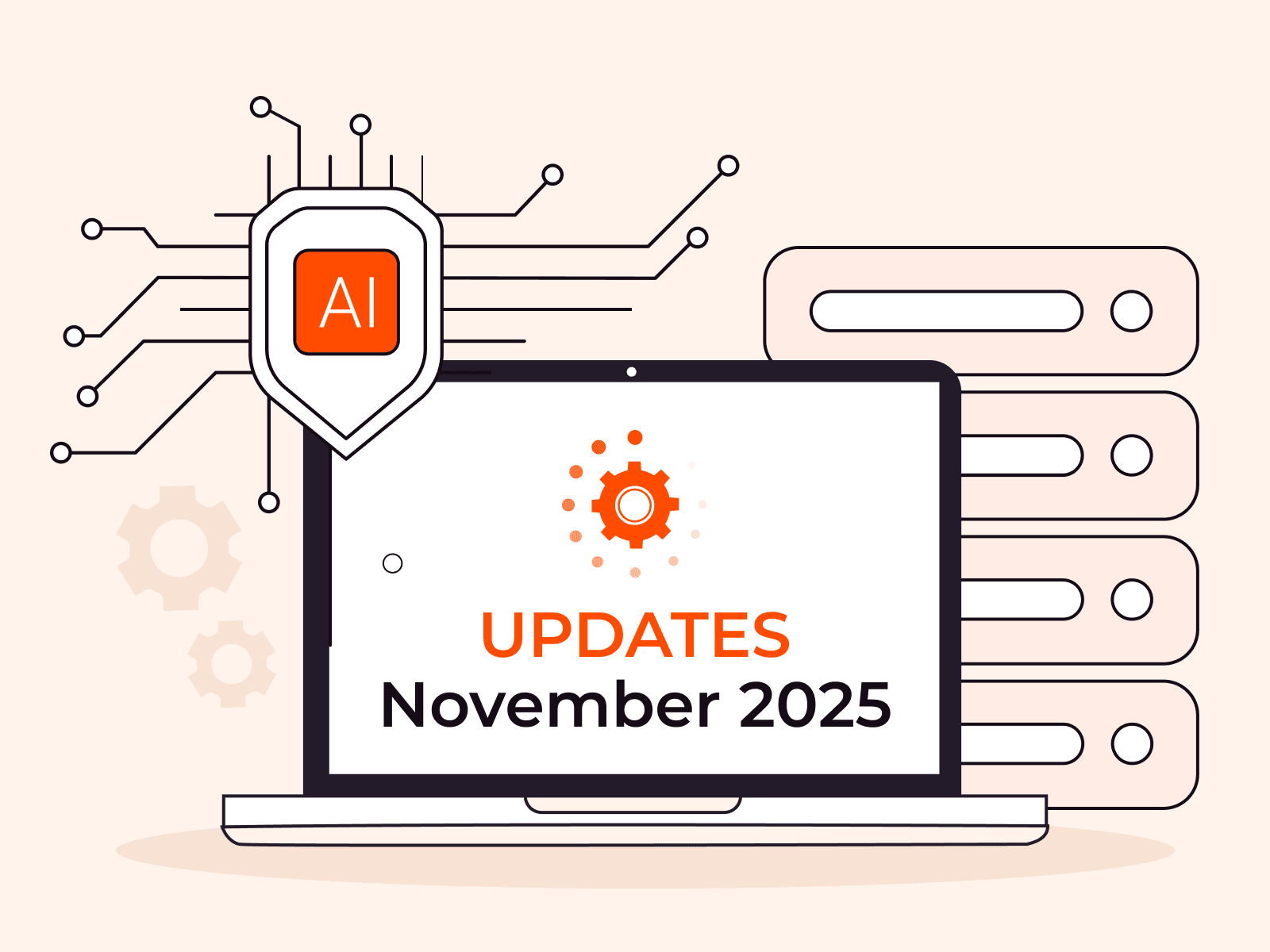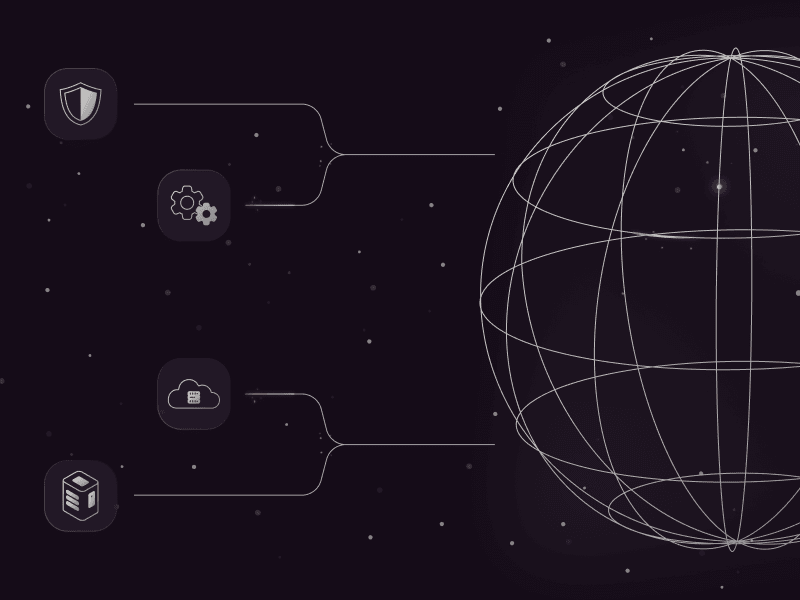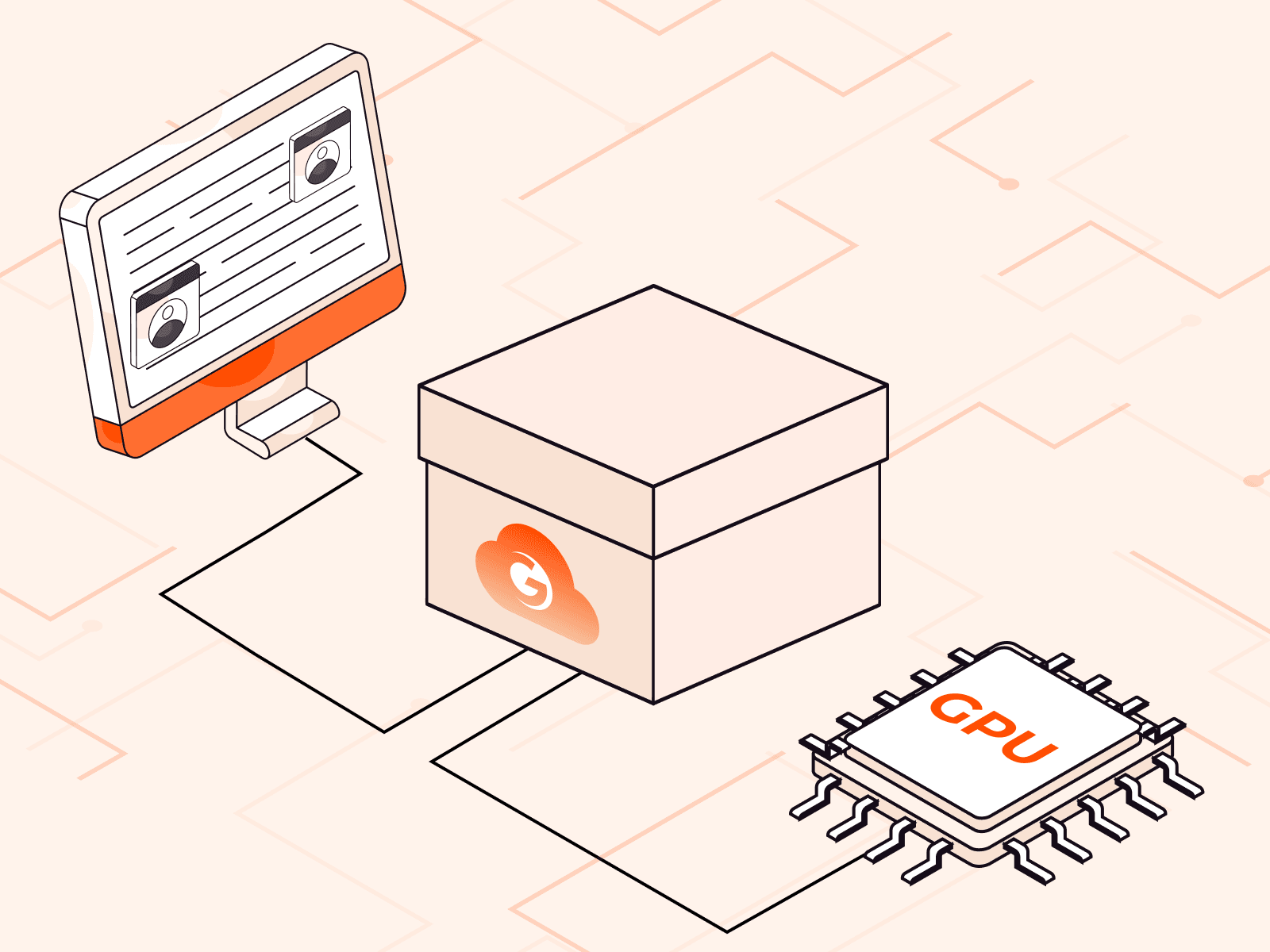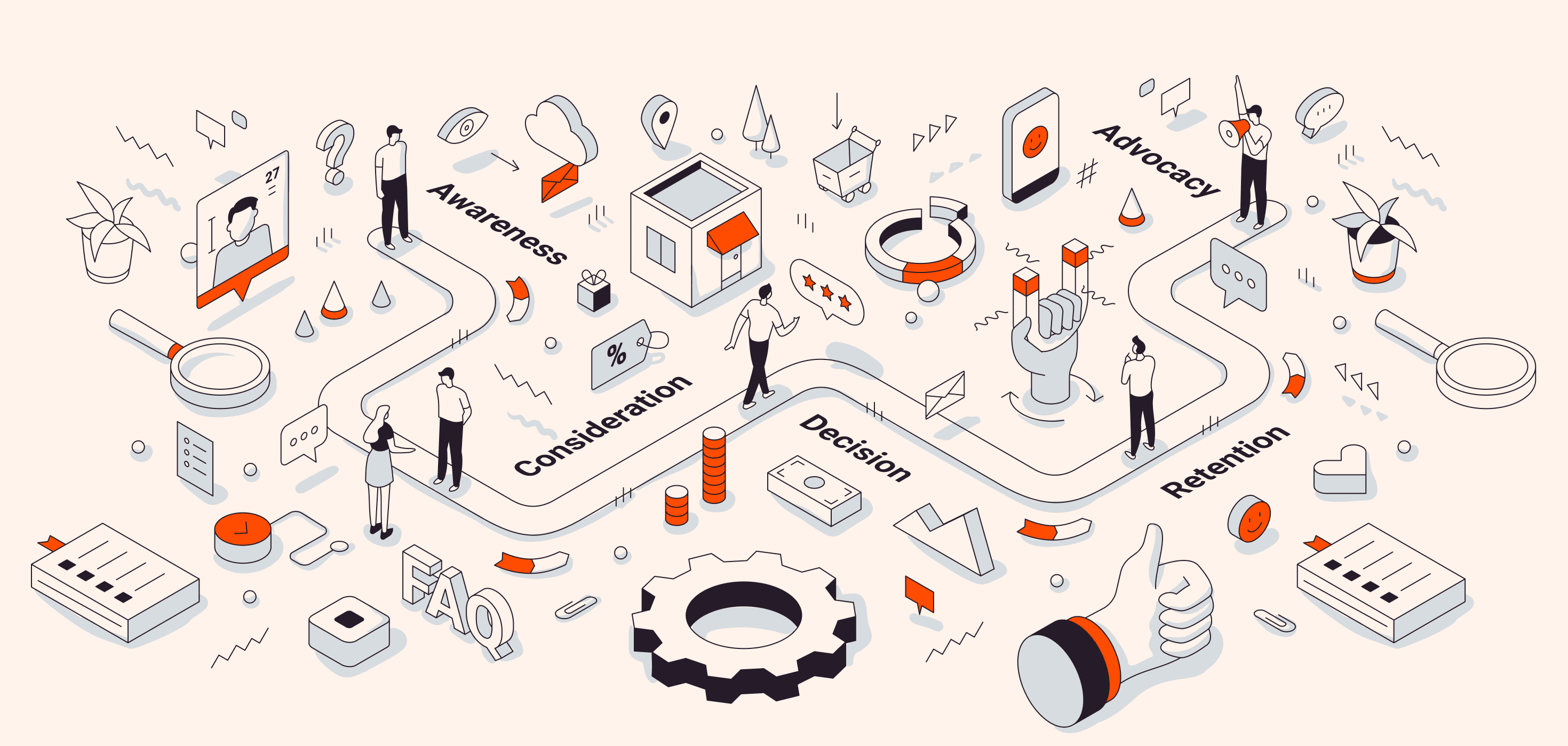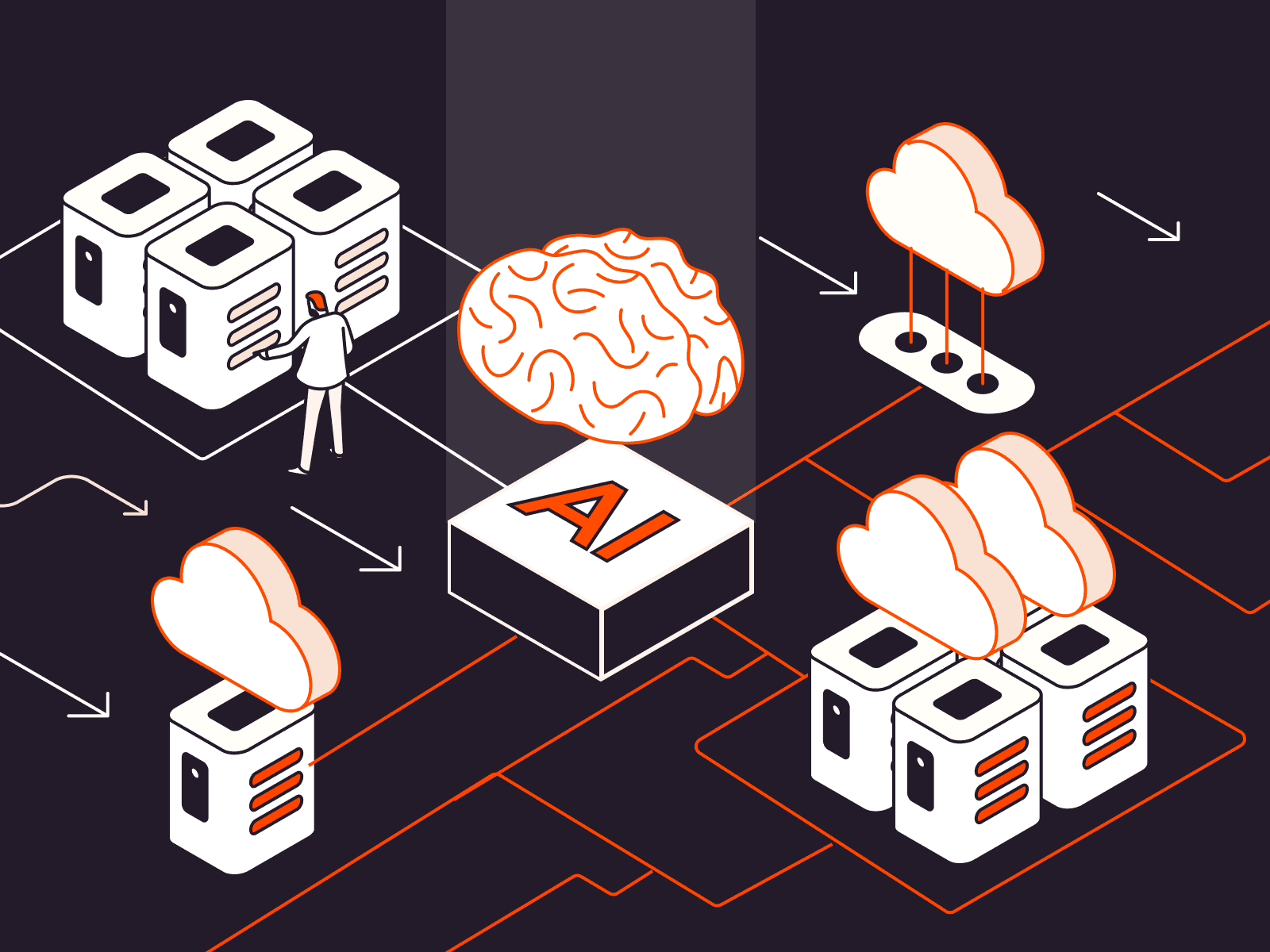What do the Stargate and DeepSeek AI announcements mean for Europe?
- January 29, 2025
- 5 min read

Within the last week, we’ve seen the announcement of two major AI developments: Last week, President Trump unveiled The Stargate Project, a $500bn venture to build up AI infrastructure in the US, while Chinese start-up DeepSeek blindsided the technology and finance worlds with the surprise launch of its new high-quality and cost-efficient AI models. Seemingly in a rushed response to this news, fellow Chinese tech company Alibaba yesterday announced a new version of its own AI model—which it claims outperforms the latest DeepSeek iteration.
President Trump immediately declared DeepSeek a wake-up call for the US, while Meta was said to be “scrambling war rooms of engineers” seeking ways to compete with DeepSeek in terms of low costs and computing power. But if the normally bullish American government and tech giants are rattled by DeepSeek, where does that leave the more highly regulated and divided Europe in terms of keeping up with these AI titans?
Multiple sources have already expressed concerns about Europe’s role in the AI age, including the CEO of German software developer SAP, who blamed the silos that come with individual countries having different domestic priorities. European venture capitalists had a more mixed view, with some lamenting the slower speed of European innovation but some also citing DeepSeek’s seeming cost-effectiveness as an inspiration for more low-cost AI development across the continent.
With an apparent AI arms race developing between the US and China, is Europe really being left behind, or is that a misperception? Does it matter? And how should the continent respond to these global leaps in AI advancement?
Why does it seem like the US and China are outpacing Europe?
China and the US are racing ahead in AI due to massive investments in research, talent, and infrastructure. China’s government plays a significant role by backing AI as a national priority, with strategic plans, large data sets (due to its population size), and a more flexible regulatory environment than Europe.
Similarly, the US benefits from its robust tech industry with major players like Google, OpenAI, Meta, and Microsoft, as well as a long-standing culture of innovation and risk-taking in the private sector. The US is also the home of some of the world’s leading academic institutions, which are driving AI breakthroughs. Europe, by contrast, lacks some of these major drivers, and the hurdles that AI innovators face in Europe include the following:
Fragmented markets and regulation
Unlike China and the US, Europe is made up of individual countries, each with their own regulatory frameworks. This can create delays and complexities for scaling AI initiatives. While Europe is leading the way on data privacy with laws like GDPR, these regulations can also slow innovation. Forward-thinking EU initiatives such as the AI Act and Horizon Europe are also in progress, albeit in the early stages.
Compare this to China and the US, where regulations are minimalist with the goal of driving innovation. For instance, collecting large datasets, essential for training AI models, is much easier in the US and China due to looser privacy concerns. This creates an innovation lag, especially in consumer-facing AI.
The US used to have national-level regulation, but that was revoked in January 2025 with Trump’s Executive Order, and some states have little to no regulation, leaving businesses free to innovate without barriers. China has relatively strict AI laws, but they’re all applied consistently across the vast country, making their application simple compared to Europe’s piecemeal approach. All of this has the potential to incentivize AI innovators to set up shop outside of Europe for the sake of speed and simplicity—although plenty remain in Europe!
Talent drain
The US and China can attract the best AI talent due to financial incentives, fewer regulatory barriers, and more concentrated hubs (Silicon Valley, Beijing). While many AI experts trained in Europe, they often move abroad or work with multinational corporations that are based elsewhere. Europe has excellent academic institutions, but the private sector can struggle to keep talent within the region.
Funding gaps
Startups in Europe face more challenges in terms of funding and scaling compared to those in the US or China. Venture capital is more abundant and aggressive in the US, and the Chinese government heavily invests in AI companies with a clear, state-backed direction. In contrast, European investors are often more risk-averse, and many AI startups struggle to get the same level of backing.
How should Europe respond to global AI innovations?
While Europe may not be able to compete with the wealth, unification, and autonomy of either China or the US, there are plenty of important areas in which it excels, even leading these other players. Besides that, caution and stricter adherence to ethical regulations may be beneficial in the long run. Last year, the previous US administration commissioned a report warning of the dangers of AI evolving too quickly. Europe’s more “slow and steady” approach is more likely to mitigate these risks.
At the same time, Europe should aim to foster innovation as well as take advantage of AI developments in other markets. Here are some more ways in which European companies can take advantage of their regional positioning to get ahead in the global AI market:
- Innovation in niche areas: Europe may not be able to lead in general-purpose AI like the US or China, but it can carve out spaces in areas like ethical AI, AI governance, and privacy-focused AI. European companies could also specialize in areas like AI for healthcare, environmental sustainability, or manufacturing, where the continent has existing strengths.
- Collaboration over competition: European nations might need to focus on collaborative efforts. By pooling resources, sharing expertise, and aligning on common goals, Europe can build a unified approach to AI that is both innovative and cohesive. This collaborative model could help Europe create AI frameworks that are sustainable, inclusive, and ethically responsible, all while fostering a spirit of teamwork rather than rivalry.
- AI sovereignty: AI sovereignty means aiming to ensure that Europe isn’t overly dependent on American or Chinese tech giants and keeps European data in Europe. This involves building localized infrastructure, developing homegrown AI solutions, and protecting European data—while ensuring European AI remains competitive globally. European sovereignty and the region’s tight regulations are likely to catch the eye of the international AI market in light of the already-emerging concerns regarding DeepSeek and censorship, which may be offputting for markets outside of China.
So, while the US and China are making the headlines right now, Europe is more quietly paving its own areas of AI specialization, characterized by concern for data privacy and ethics. We’re curious to see whether the global AI market will turn its attention to the benefits Europe offers during 2025. Whether or not European AI companies become top news stories, there’s no doubt that we’re already seeing incredible quality AI models coming out of the continent, and exciting projects in the works that build on key industries and expertise in the region.
Talk to us about your AI needs
No matter where in the world your business operates, it’s essential to keep up with changes in the fast-paced AI world. These constant shifts in the market and rapid innovation cycles can create both opportunities and challenges for businesses. While it may be tempting to jump on the latest bandwagon, businesses should carefully examine the pros and cons for their specific use case, and keep in mind their regulatory responsibilities.
Whether you’re operating in Europe or globally, our innovative solutions can help you navigate the fast-moving world of AI. Get in touch to learn more about how Gcore Everywhere Inference can support your AI innovation journey.
Related articles
Subscribe to our newsletter
Get the latest industry trends, exclusive insights, and Gcore updates delivered straight to your inbox.

